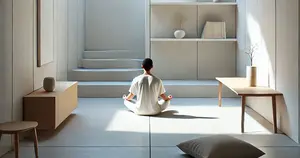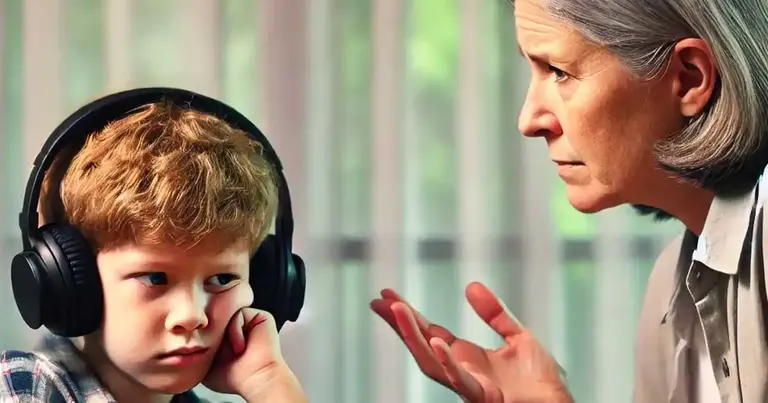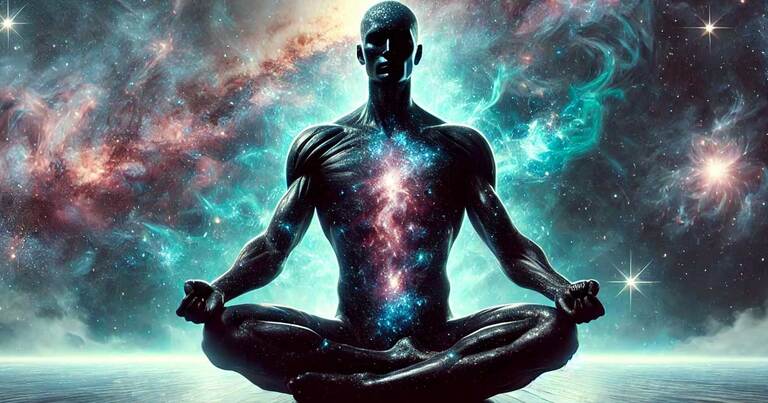Minimalism for Mental Health

A couple of months ago, I stumbled upon a YouTube video by Tokyo Lens, featuring a Japanese minimalist who owned just 200 items in total. What fascinated me the most was his ability to pack up his entire home and move by simply booking a cab. This concept resonated deeply with me because I have already been practicing detachment and frequently switch homes.
Why Minimalism? The Shift in Perspective
Minimalism is not just about owning fewer things—it’s about freeing the mind from unnecessary burdens. To truly embrace detachment, I realized it wasn’t enough to control my emotions; I also needed to reduce material possessions.
I was never someone who constantly bought new things, but I held onto my belongings due to a deeply ingrained middle-class mindset: “This might come in handy someday.” However, after watching that video, my perspective shifted completely. I immediately had my wife watch it too. Although she doesn’t always resonate with the content I consume, this time, she saw the value in it, and we decided to take action.
The Mental Benefits of Minimalism
But why are we so inclined toward minimalism? The answer lies in peace of mind.
Our minds naturally crave calmness, but the more material objects we surround ourselves with, the more mental clutter we invite. Having empty walls, less furniture, and organized drawers significantly reduces stress.
I realized long ago that I don’t need a lot of clothes, and my wife agreed. We only keep the most comfortable outfits that last a week, whether at home or outside. It might sound unusual, but think about it—society has conditioned us to believe we need to dress a certain way, live a certain way, and feel a certain way. But in reality, many of these expectations are unnecessary.
If you don’t feel the same level of comfort when you’re deeply asleep as when you’re awake, then something is off—you need to fix it. Minimalism isn’t just about decluttering your home; it’s about decluttering your mind and reclaiming your peace.
Decluttering: The First Step Towards Minimalism
We systematically went through every inch of our home, identifying items we hadn’t used in over a year. The result? A huge pile of clutter in the middle of our hall. We let go of:
- Excess plastic bottles
- Unused kitchen containers
- Stacks of stationery
- An old tripod
- Laundry basket
- Spare bulbs
- Piles of old notebooks
- Two foldable tables
- A surprising amount of clothes and utensils
Seeing how much unnecessary stuff we had accumulated over time was a true eye-opener.
Our Minimalist Plan Moving Forward
As we continue transitioning towards a minimalist lifestyle, we’ve set some clear goals:
✅ Keep only essential gear needed for our YouTube channels
✅ Get rid of our bed once we move
✅ Replace our cooking setup with a simple induction cooktop
✅ Own only items that add real value to our lives
The ultimate goal is to make moving and living lighter, freer, and more intentional.


